Dimen, Village on the Edge of Time
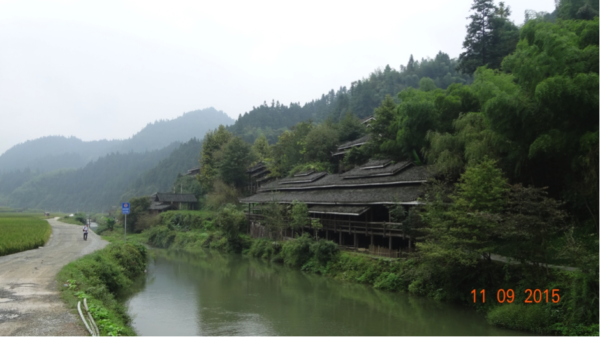 The Dimen Ecomuseum The Dimen Ecomuseum |
On 9 September 2015, 24 of us (10 Paulinians plus family and friends) headed towards the Dimen Ecomuseum, Guizhou, under the baton of the founders of the museum, Mr. Lee Wai Kit and Isa Chu. It was a reunion for Paulinians from all around the world, from Ms. Alice Ling (Paulinian and our teacher at SPCS) who came back from New Jersey, to Ruby Leung (our Vice Head-Prefect, with spouse Ma Chi Hung, from Melbourne), long-time-no-see classmate Peggy Wong and spouse Alan from Sydney, Angela Lee from San Francisco, and Susan Lai from London. We have not seen Peggy for more than 40 years, but what’s more surprising, Peggy’s husband Alan reunited with his long lost high school classmate and basketball team member Lester Huang, Doris’ brother-in-law! It’s a small world after all. |
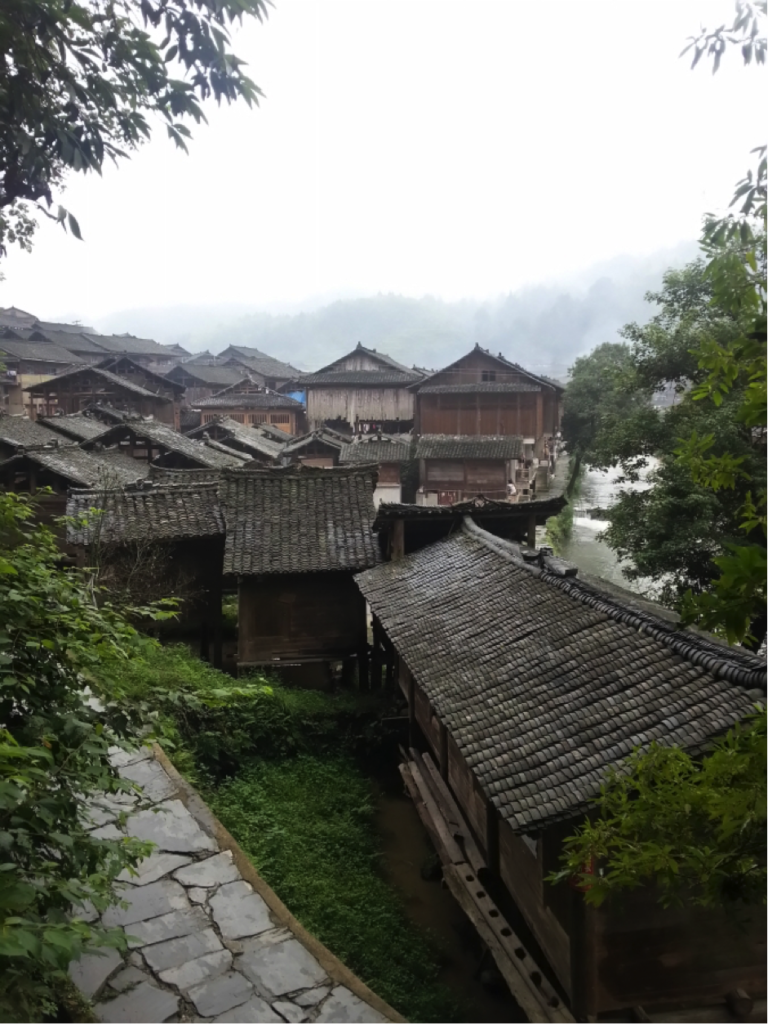 Dimen villag Dimen villag |
This is no ordinary tour, to be sure! We had already seen photos of Dimen on the National Geographic website, the Asia Society website, 舌尖上的中國…, but what an idyllic and mesmerizing place! Such a Shangri-La! 好有世外桃源的感覺! Dimen 地捫in Dong language literally means a place where spring water flows out continuously, and it symbolizes village prosperity and flourishing population. The journey to Dimen took us an entire 12 hours, and it was like an obstacle race on the road because of the heavy rain the week before that had caused many landslides along the way, but it was definitely worth it! We were all entranced by the charisma of the place.
The Dimen Ecomuseum Research Centre is not open to the public, and we were most honoured and delighted to be invited by its founder Mr. Lee, whose knowledge about everything surprised us all, and his wife, Isa Chu, the great woman behind the great man. The museum opened in 2005 with the objective of preserving and perpetuating the culture, tradition and customs of the Dong tribe (侗族), one of the ethnic minority people of China, for as long as possible. The Research Centre is a platform for researchers to study, interact, and do research on the Dong people, including their cultural ecology, architecture, language, music, and traditional crafts. Despite being one of the major minority tribes in China (no. 11 out of 55, with nearly 3 million people), the Dong people do not have a written language, and its history and tradition are passed down from generation to generation through singing epic songs, entirely from memory. Singing is an essential part of the Dong culture; as we passed along some seniors on the streets, they welcomed us by singing a song, it was as natural as saying good morning to us! And we were so happy to be able to witness the practice and enjoy the performances of the little kids at the Ecomuseum on Saturday morning, and of the young people on Saturday afternoon, plus the jamming of Dong and French music by some Dong and French musicians who happened to be doing research there. (We were most lucky to have Marie-Paule Ha with us, who speaks native French.) |
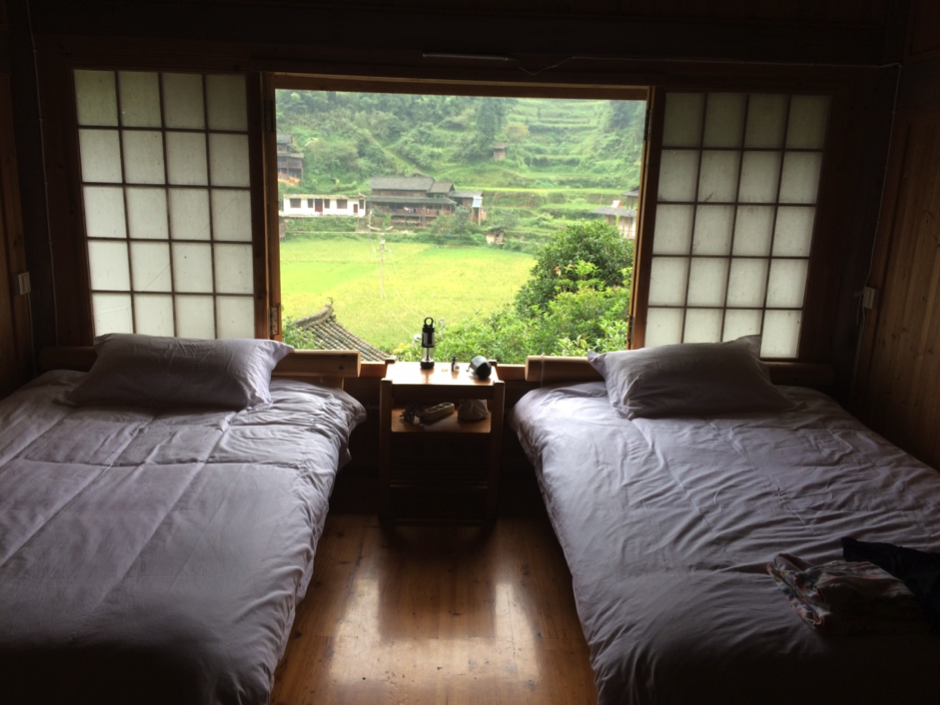 Our bedroom Our bedroom |
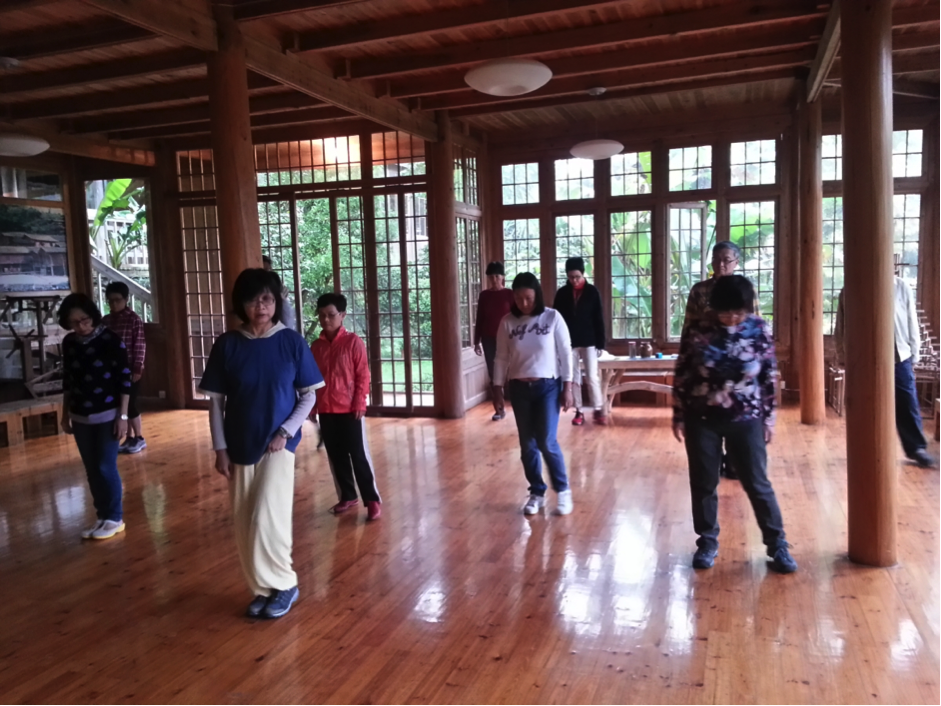 Morning Taichi & Exercises Morning Taichi & Exercises |
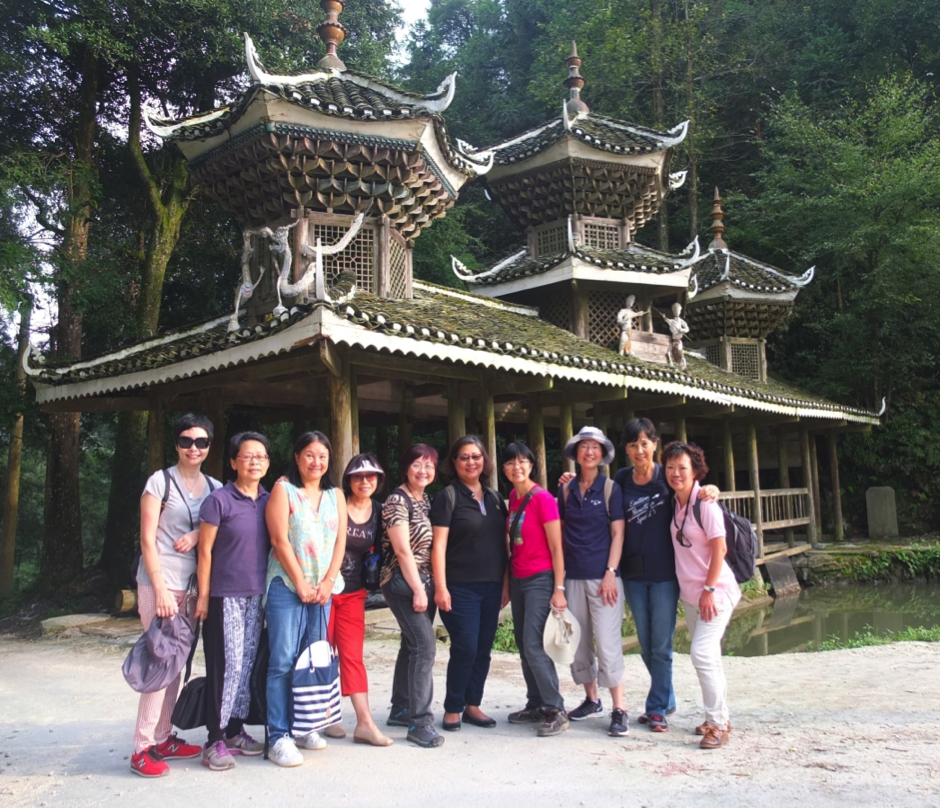 10 Paulinians 10 Paulinians |
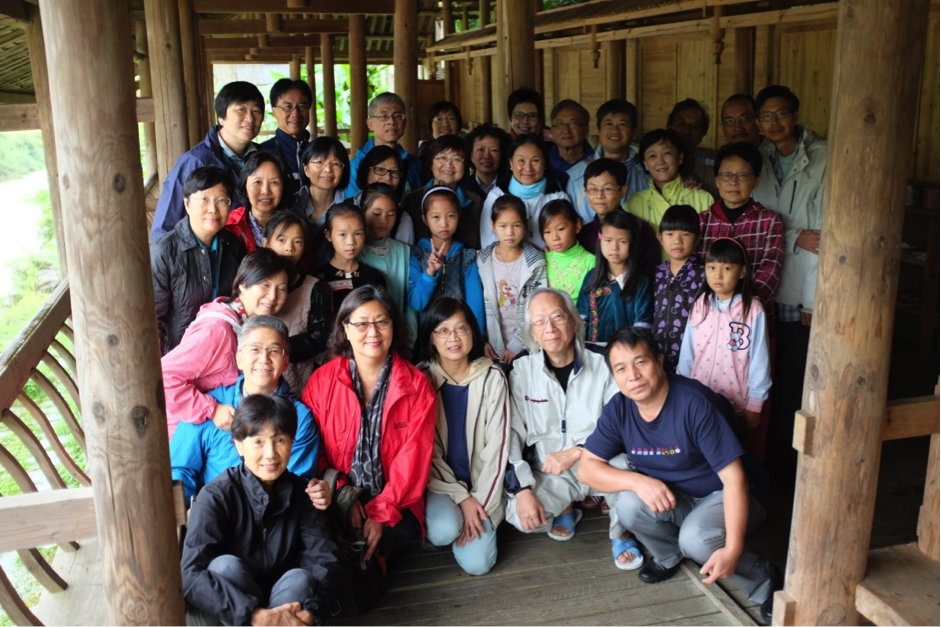 |
 With the next generation With the next generation |
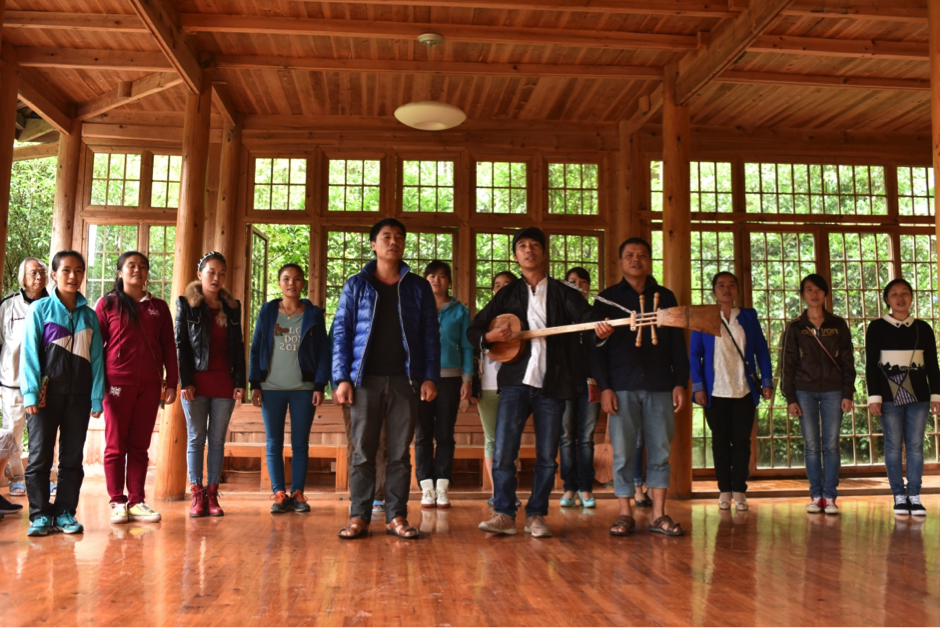 The young and the restless The young and the restless |
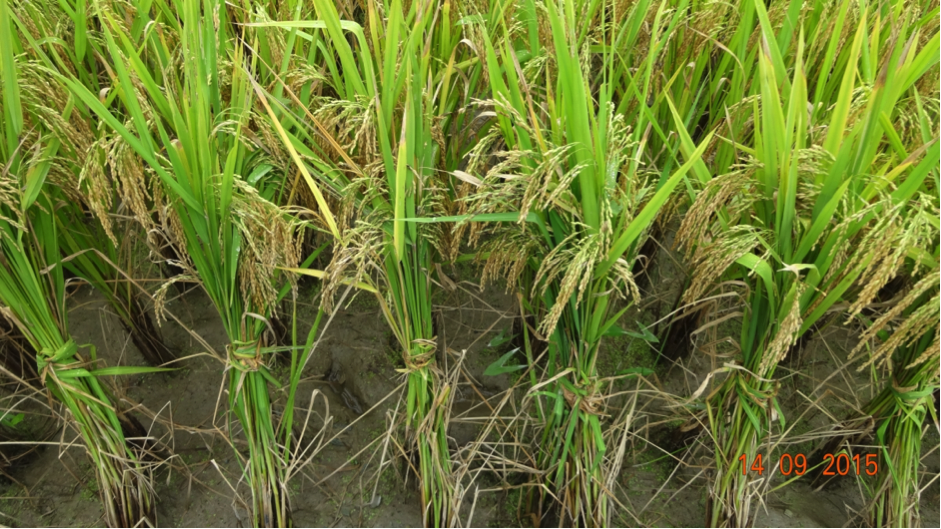 Paddy ready to be harvest Paddy ready to be harvest |
We did our alma mater proud too! At the dinner at教師節Teachers’ Day at one of the local’s place, the traditional Dong singers welcomed us with their festive songs ~ folk songs, river songs, pipa songs, wine songs… ; and we reciprocated with our songs too, from 朋友to獅子山下to 友誼之光to Old Macdonald had a farm and Do Re Mi and eventually our School Hymn, till we nearly ran out of songs to sing in return and were almost at our wits’ end, haha!
The Dong (sometimes translated as Kam) people are internationally renowned for their polyphonic choir singing, i.e. 侗族大歌 in Chinese or Kam Grand Choir in English. The Kam Grand Choir has been listed by UNESCO as a world-class intangible cultural heritage since 2009. Due to the remoteness of the place, Dimen is still able to remain an unspoiled beauty, its people leading a simple life. The peasants are hardworking, honest, friendly people who welcomed us warmly. The Dong community continues a self-sufficient, small-scale peasant economy with primitive production means and lifestyle. They still make their living by planting fir trees, growing rice and vegetables (on every piece of available land that you can imagine, from the roadside to ladder fields n the hillside), and farming fish and breeding ducks in the paddy fields (“稻魚鴨共生”). We were so lucky to be there right before harvest time, when they drained the paddy fields and invited us to catch the fish there. You can never imagine what a crazy time we had, catching fish in the fields |
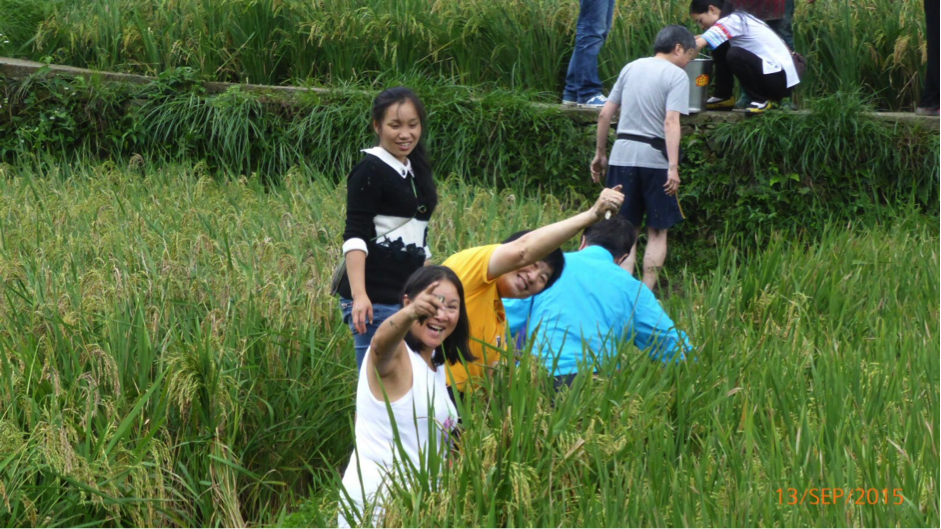 Fish catching in the paddy fields Fish catching in the paddy fields |
The Dong people still retain their thousand-year-old intangible assets, including its unique architecture, and traditional handicrafts like woodwork, silver jewellery and silverware, dyeing yarn with indigo, weaving cloths, embroidering, making paper, preserving food, brewing wine at home in the traditional way… There are few shops or restaurants in the villages; people still buy their essentials at market fairs that appear every fifth day. And when our hosts wanted to supplement the dishes for our dinner with some hens or ducks, their assistant had to catch the ducks in the pond himself |
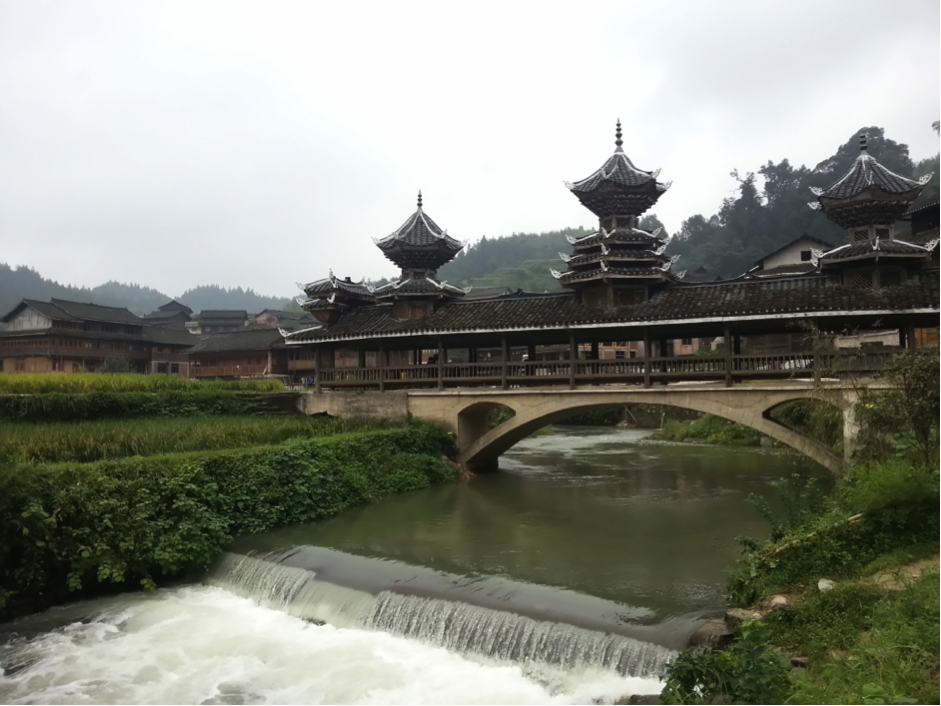 Dimen Wind & Rain Bridge Dimen Wind & Rain Bridge |
But surprise, surprise! Flat screen TVs can be seen in the homes of richer families, and broadband is available too! Still, most people are poorer than what you can imagine. One night, our group went to three local families to have dinner. At the place where I went to, the family had been raising two hens for more than a year. They killed one hen for us that evening; the other hen, they could not kill, as it was raising its few chicks. And while we complained about the rough journey for the last part of our trip (we rode on the high speed train till we reached Congjiang, Guizhou before taking 7-seaters to the more remote Dimen), many of the young Dong people now go to Guangdong and other places to earn a living, via 公車, buses that will take them forever…
All in all, a total eye-opener for us, and a journey back to the edge of time. The place was a beauty beyond words, charming, serene, relaxing, and we all felt refreshed, rejuvenated after the journey. And an additional bonus ~ our group of 24 got along so well beyond expectation that we have now become good friends, so much so that we are already planning our next trip in 2016! Thank you, Mr. Lee and Isa, for taking such good care of us during the six-day trip. In particular, Mr. Lee, for your most interesting talks, and Isa, for teaching us tai chi lessons and body-strengthening exercises early in the morning. We had a wonderful stay at the beautiful Research Centre and have thoroughly enjoyed our trip. |
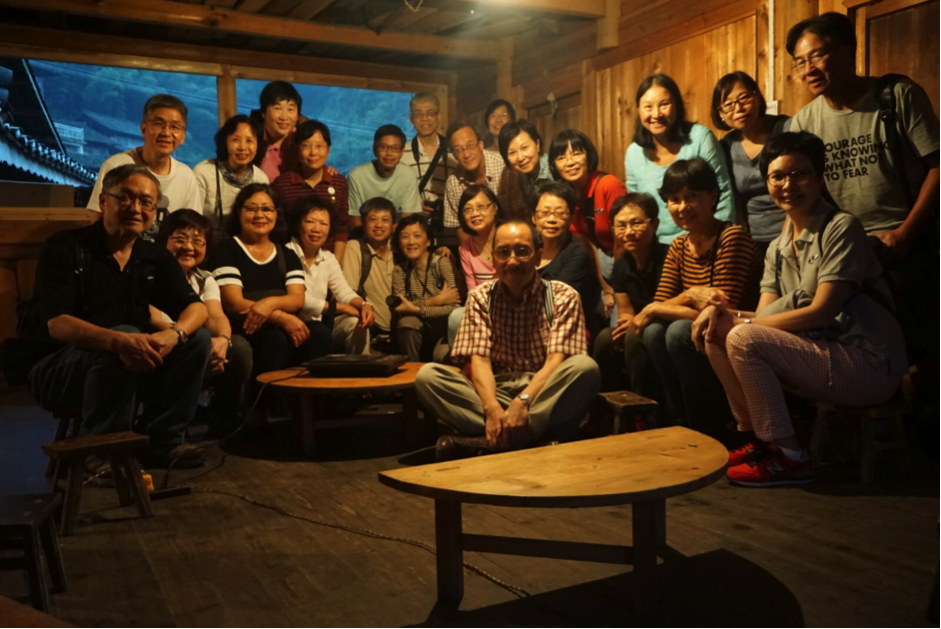 Teacher’s Day celebrationsTeacher’s Day celebrations Teacher’s Day celebrationsTeacher’s Day celebrations |
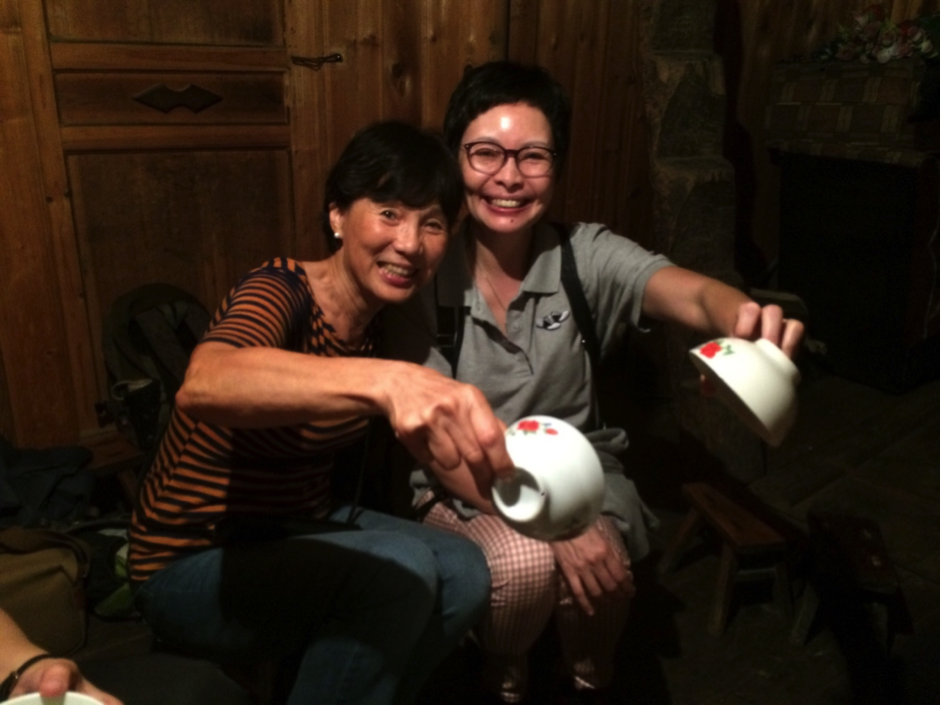 椋插嫕 椋插嫕 |
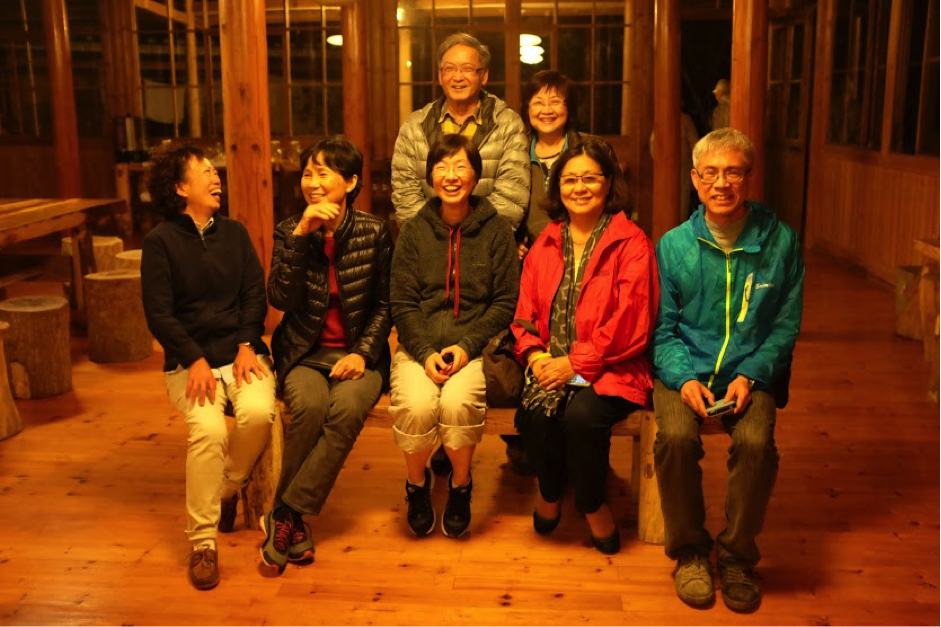 Our friends from oversea Our friends from oversea |
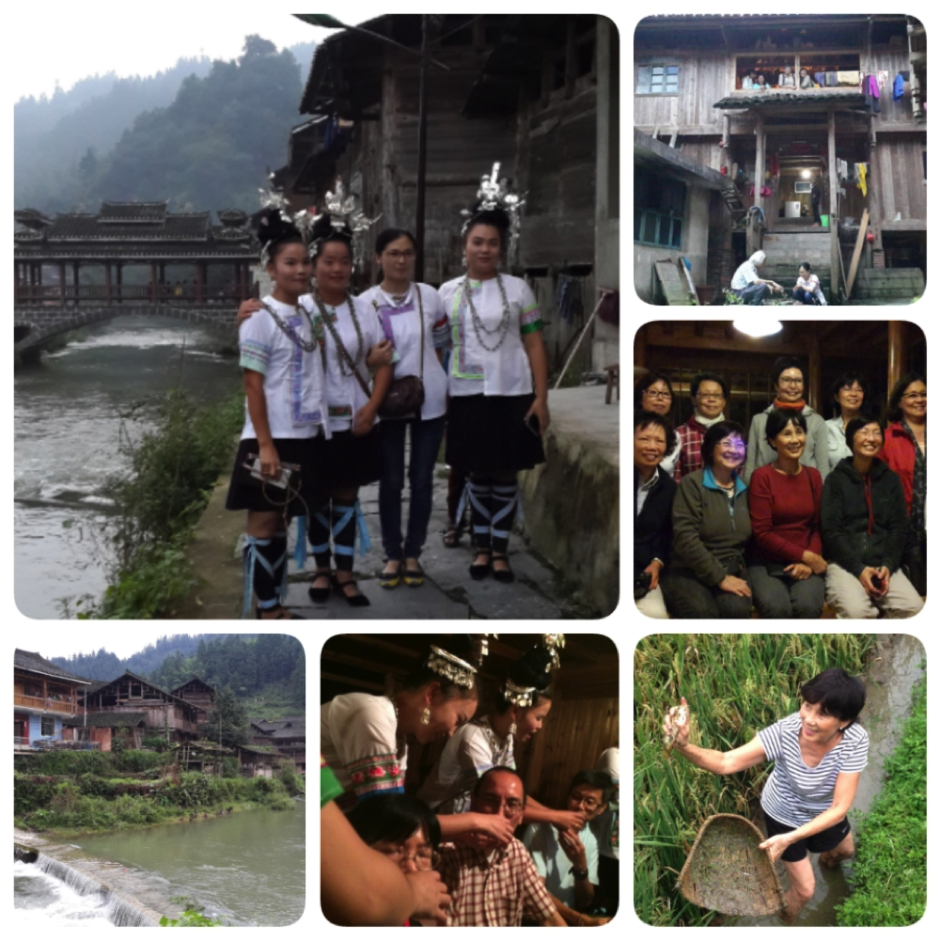 The Best of Dimen The Best of Dimen |
| For those interested in Dimen, please see the following links ~ http://dimen.ffmm.com/dimen.html http://ngm.nationalgeographic.com/2008/05/china/guizhou/amy-tan-text http://asiasociety.org/blog/asia/rural-eco-museum-china-preserves-song-tradition-and-peoples-culture |
The Dong tribe’s cuisine is also mentioned in the second part of the CCTV Show 舌尖上的中國 第二集 |
|
Doris Lau ’72 |

